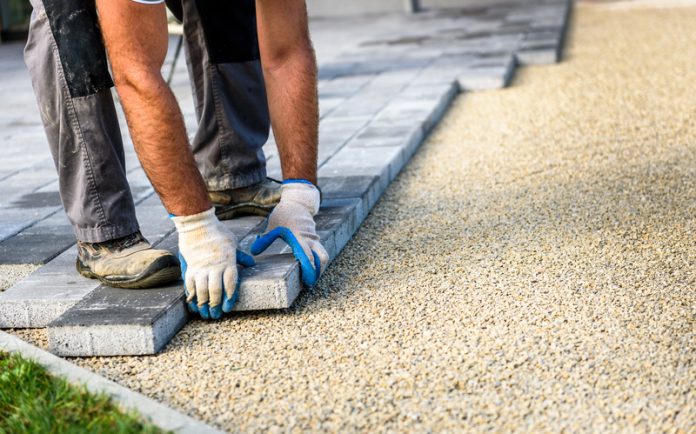
Concrete and reinforced/pre-stressed concrete is and will be the main construction material for civil engineering infrastructure. Much more than in the past this construction technology faces challenges that have been discussed at the International RILEM workshop held at ETH Zurich in Switzerland on 17-18 April 20121.
For new structures that will be built in industrialised and emerging countries to expand the civil engineering infrastructure, the challenge is to achieve long service life, practical, cost-effective solutions with materials having a reduced environmental footprint. To achieve this, the cement industry made great efforts in substituting clinker (responsible for a large part of the CO2 emissions) with supplementary cementitious materials (SCM). This substitution is reflected in the decreasing amount of Portland cement (CEM I) and the increase of blended cement (CEM II) worldwide. These modern binder systems containing limestone, fly-ash, oil burnt shale etc. in a complex blend are getting included (thus allowed) by more and more standardisation bodies such as the European Cement Standards EN 197-1 and their national companions. The standards include specifications on the proportions in which they are to be combined, as well as the mechanical, physical and chemical requirements for both the products and their constituents.
These blends are suitable for achieving strength similar to Portland cement, thus can be used to build concrete structures. From the point of view of the end user (engineer, owner of the structure, society) that the final product uses concrete made of cement is more important. Performance based concrete standards such as the European concrete standard EN 206-1 have thus emerged that relate concrete durability to different types of exposure. Concrete for a bridge in the Swiss mountains exposed to a severe climate and de-icing salts (exposure condition XD3) must be of much higher quality compared to concrete inside a building (XC1). The term “quality of concrete” includes the care with which it is executed but also its composition – thus water to cement ratio and the cement type.
Whereas long experience is available with concrete structures made with Portland cement (CEM I), new blended cements have a much shorter track record. In addition, due to the reduced clinker content, the pH of the pore solution will be lower and questions arise regarding the corrosion protection of the steel2, thus the durability of these new structures both regarding the resistance against carbonation and against chloride-induced corrosion. The civil engineering industry is currently, in many industrialised countries, in a transition phase from building new constructions to maintaining the large stock of valuable assets. This is reflected (as an example valid for other industrialised countries) in the increasing costs for maintenance of the Swiss national highway system compared to the costs for building new structures. These reinforced concrete structures are ageing and very often show premature deterioration due to corrosion of the reinforcement. For existing infrastructure the challenge is thus extending the service life with a minimum of intervention, costs and traffic delay. Bridge management systems based on the results of inspection of the structures are crucial. Today visual inspection is common – once a sign of distress (cracks, rust) is detected maintenance action is decided (reactive strategy). In this way damage, especially chloride induced corrosion of the reinforcement is detected only in a very late stage and maintenance costs are very high. An improved pro-active maintenance strategy requires a step forward, changing from visual inspection towards more refined techniques for inspection and condition assessment, e.g. robotic inspection and corrosion surveys.
This is particularly important for RC structures exposed to chloride ions (sea-water, de-icing salts) as internally ongoing corrosion of the reinforcement will manifest only in a very late stage at the surface.
The topics addressed here will be further focussed on in future issues of AG.
1 U. Angst, R.D. Hooton, J. Marchand, C.L. Page, R.J. Flatt, B. Elsener, C. Gehlen and J. Gulikers, Materials and Corrosion 63 (2012) No. 12
2 L. Bertolini, B. Elsener, E. Redaelli, P. Pedeferri, R. Polder, Corrosion of Steel in Concrete – Prevention, Diagnosis, Repair, WILEY VCH second edition (2013) Author: Prof. Dr. Bernhard Elsener
Prof. Dr. Bernhard Elsener
Head Durability Research Group
Institute for Building Materials, ETH Zurich
Tel: +41 44 633 2791
elsener@ethz.ch










